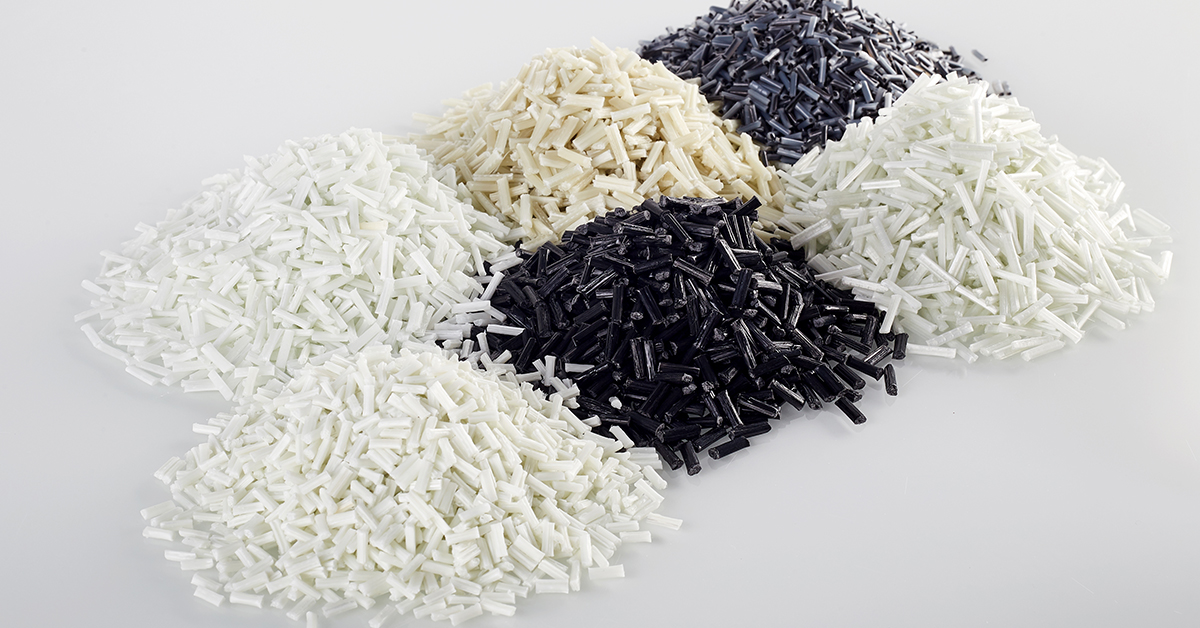Categories
new blog

The molecular structure of PPS consists of benzene ring and sulfur atoms interarranged, the configuration is orderly, easy to form a high thermal stability of the crystal structure. At the same time, the molecular structure of PPS material has a highly stable chemical bond characteristics, the benzene ring structure makes PPS more rigid, and the sulfur ether bond (-S-) provides a certain degree of flexibility.
PPS itself has good heat resistance, flame retardant, chemical resistance, should be a promising material, but there are some problems in pure PPS:
Unmodified PPS has some unavoidable defects:
Difficult processing: this is the biggest pain point of all high temperature resistant materials -- high processing temperature, no matter the molding process or processing energy consumption, will face great challenges. In addition, PPS is still prone to thermal oxidation crosslinking in the melting process, resulting in reduced fluidity and further improve the processing difficulty;
Poor toughness: PPS molecular chain is rigid, the maximum crystallinity is as high as 70%, the elongation is low and the welding strength is not so good. As a result, the impact resistance of unmodified PPS is poor, which limits the application scope.
High cost: PPS raw materials and general engineering plastics compared, the price is about 1-2 times higher, and some modified materials compared with low cost performance;
Coating difficult: chemical resistance, medium resistance is also a double-edged sword, PPS surface coating and coloring performance is not ideal. While this is not a major problem for now, it is a limiting factor.
Unmodified PPS is difficult to apply, so if it is to be modified, which direction should be changed?
In recent years, with the popularity of 5G and electric vehicles, the application of modified PPS is constantly expanding, such as battery bracket, cover plate, lithium battery diaphragm, 5G communication equipment, intelligent terminal and so on.
Strengthen and toughen
PPS currently mainly through fiber filling and alloy two ways to improve the mechanical properties.
In addition to the common glass fiber reinforcement, carbon fiber, aramid fiber and other fillers are also gradually popular modification system.
Low dielectric modification
In order to improve the dielectric properties of materials, the way of blending alloy is generally used at present. For example, PPS/LCP, according to the research, the alloy system can be at 1MHz, the optimal dielectric constant up to 2.5.
In addition to alloys, low dielectric filler is one of the possible methods. Fillers such as hollow glass beads and low dielectric glass fiber can also effectively reduce the dielectric constant of PPS composites.
According to research, extrusion molding can reduce the dielectric constant below 3, and the electrical performance is stable in 40-120℃. In addition, the strength and dielectric properties of the composites can be further improved by surface coupling treatment.
Thermal conductivity modification
In the application scenarios of new energy vehicle power batteries or 5G high frequency, good heat resistance of materials is not only required, but also certain requirements are put forward for heat conduction. However, the thermal conductivity of PPS itself is poor, generally lower than 0.5W/(m·K).
At present, the main use of metal and inorganic filler two ways. The metal filler can improve the thermal conductivity, but also reduce the insulation performance.
Inorganic fillers, including oxides, nitrides, carbon materials, etc. PPS/ magnesium oxide is the mainstream choice, which can increase the thermal conductivity of the material to 1.61W/(m·K);
The nitride is more complex in preparation and technology, but also has higher thermal conductivity. The thermal conductivity of 40% boron nitride composite can reach 4.15 W/(m·K).
Graphene, CNT and other carbon materials are also the choice for PPS thermal conductivity modification. A good balance can be achieved between the addition amount and thermal conductivity. For example, the thermal conductivity of the composite can reach 4.414W/(m·K) with the volume fraction of 29.3% graphene.
Composite membrane modification
For the lithium battery diaphragm market, PPS is also being applied.
Previously, the commonly used diaphragm material is polyolefin, but the electrolyte infiltration and thermal stability of polyolefin materials is relatively poor, and it is easy to produce shrinkage and melting at high temperature.
The chemical resistance and heat resistance of PPS material also have some potential for modification. At present, the main method is coating PPS diaphragm surface to prepare composite diaphragm.
This method has been gradually applied from academic research to industry. PPS non-woven fabric is used as the base material and PVS is used as the coating material. After physical coating, drying and hot pressing treatment, PVS/PPS non-woven lithium battery composite diaphragm is prepared.
Compared with traditional polyolefin membranes, PVS/PPS can guarantee better wettability, although the thickness is increased, and the discharge specific capacity is higher than that of polyolefin membranes.

Technical experts 24h online to provide service for you.